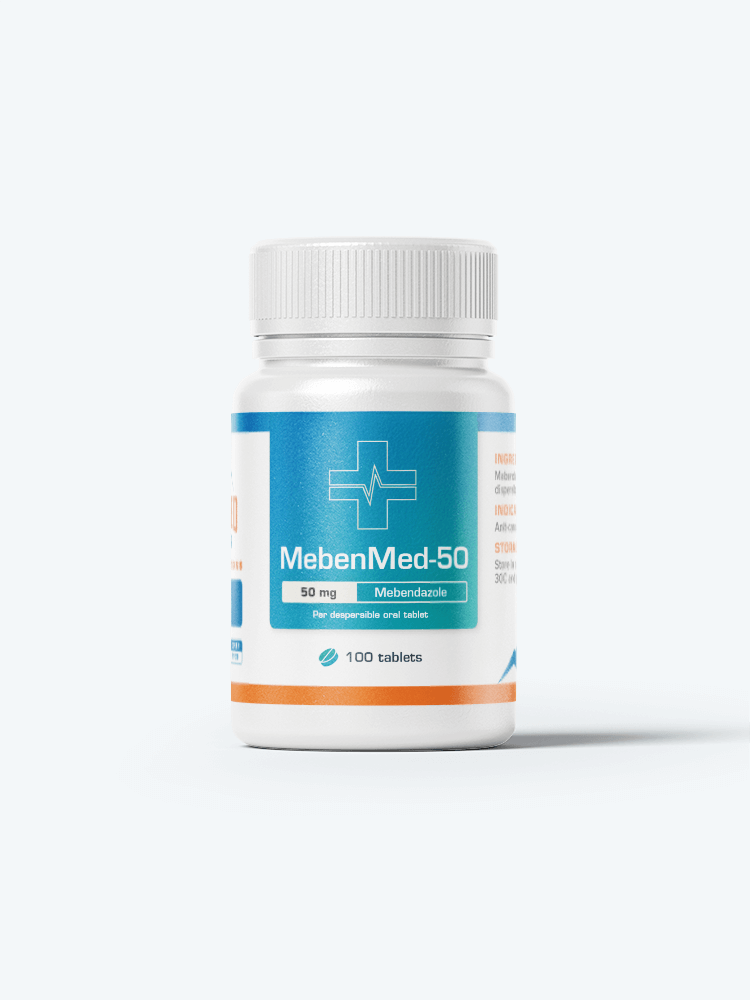No products in the cart.
Back 

MebenMed-50, 100 Tablets 10 Pack
Original price was: $990.00.$891.00Current price is: $891.00.
Out of stock
MebenMed-50, 100 Tablets 10 Pack
Original price was: $990.00.$891.00Current price is: $891.00.
100 Mebendazole Tablets
10 Bottles Bundled Discount Price (Save 10%)
Composition – 50mg Mebendzole per dispersible oral tablet
Indications – Anti parasitic, anti cancer
Dosage – Consult accompanying dosing chart
Elevated Healing presents MebenMed-50, a proven and powerful anti-cancer and parasite fighting product. Fundamentally, MebenMed-50 disrupts and inhibits glucose uptake by both cancer cells and parasites, starving them and leading to their ultimate death.
PLEASE NOTE: the administration of MebenMed-50 with a high-fat meal greatly increases its bioavailability.
Mebendazole (methyl 5-benzoyl-1H-benzimidazol-2-yl-carbamate) first appeared in 1968 as an agent active against a wide range of broad-spectrum anthelmintics applied first to human subjects in 1971. Mebendazole is a broad-spectrum benzimidazole anti-helminthic drug, in the same class as albendazole, flubendazole, oxfendazole, and others. It is commonly prescribed to treat a range of parasitical worm infections, including threadworm, tapeworms, roundworms, and other nematode and trematode infections in humans and domestic animals.
Even more interesting is its emerging anti-cancer properties that have been elucidated in a broad range of pre-clinical studies across a number of different cancer types.
- Description
- Additional information
- Reviews (0)
| Dosage | 12mg |
|---|---|
| Tablets | 36 |
| Contents | Medicinal |
| Presentation | White, round, convex, square-edged, one sided score tablets Ivermectin is a mixture of two avermectins consisting of: |
| Molecular formula and molecular mass | B1a: C48H74014; 875.1 |




Reviews
There are no reviews yet.